
Sea Ice Decline
The Arctic is warming two to three times as fast as the rest of the planet and has seen a dramatic decline of sea ice as a result. Since satellite records began in 1978, summer and autumn sea ice extent has decreased approximately 50 percent, an amount roughly equal to half the area of the continental United States. A new record for minimum area of Arctic sea ice was set in 2012, and back-to-back records were set in 2015 and 2016 for the lowest maximum sea ice extent (which typically occurs in March). The decline is unprecedented in the modern record and is consistent with human-induced climate change.
Read More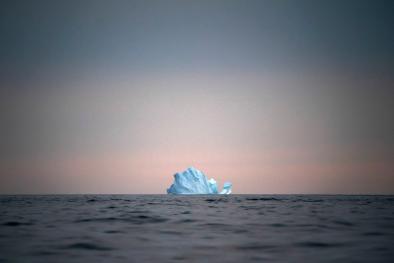
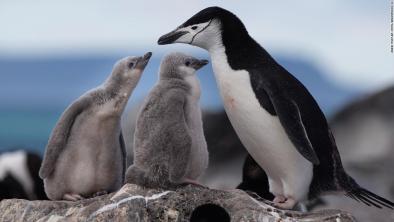
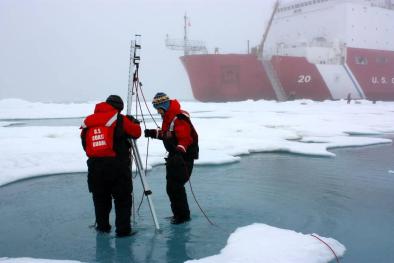
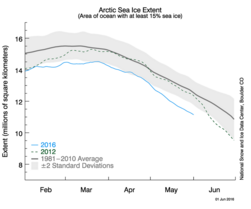
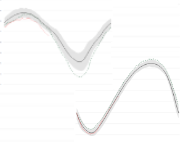
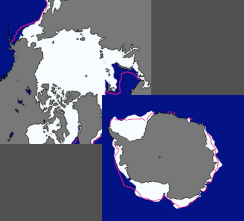
Climate science at a glance
- The dramatic decline of the sea ice extent and thickness in the Arctic Ocean has been pronounced over the past few decades.
- Between the winters of 1980 and 2019, Arctic sea ice mass reduced by 230 ± 27 Gt yr−1.[1]
- Arctic sea ice is getting much younger. The amount of ice lasting multiple years has declined by 90% since 1979.[2]
- Arctic sea ice loss has been attributed to atmospheric warming driven by anthropogenic CO2 emissions.[3]
- The decline in Arctic sea ice cover and thickness has resulted in an increase in the amount of light penetrating the upper ocean, driving Arctic amplification.
Arctic sea ice extent
Sea ice in the Arctic has decreased dramatically since the late 1970s, particularly in summer and autumn. Since the satellite record began in 1978, minimum Arctic sea ice extent—which occurs in early to mid-September—has decreased by approximately 50 percent.[4]
The period with sea ice cover has become much shorter over large areas.[5]
The IPCC expects September sea ice reductions ranging from 43 to 94 percent by 2100 and from 8 to 34 percent for February, depending on the level of future emissions reductions.[6] A comprehensive report by the Arctic Monitoring and Assessment Programme draws on the work of hundreds of Arctic experts and finds that an ice-free Arctic Ocean in September is likely to occur around year 2050.[7]
Arctic sea ice thickness
The decline in sea ice extent is unprecedented in the modern historical record, yet the reduction of ice volume and thickness is even greater.
Ice thickness data is more difficult than ice extent to obtain. The first alerting signs of Arctic sea ice decline were from ice becoming thinner.[8]
Ice thickness decreased by more than 50 percent from 1958-1976 to 2003-2008, and the percentage of the March ice cover made up of thicker ice (ice that has survived a summer melt season) decreased from 75 percent in the mid-1980s to 45 percent in 2011.[9][10]
Recent analyses indicate a decrease of 36 percent in autumn sea ice volume over the past decade.[11] The 2012 sea ice minimum broke the preceding record (set in 2007) by more than 200,000 square miles.[4]
Alaska trends
In Arctic Alaska, the summer sea ice that once protected the coasts has receded, and autumn storms now cause more erosion, threatening many communities with relocation.[12]
Sea ice trends and tipping points
Ice loss increases Arctic warming by replacing white, reflective ice with dark water that absorbs more energy from the sun. This is known as a positive feedback loop.
The observed drastic reduction in sea ice can also lead to a “tipping point", a point beyond which an abrupt or irreversible transition to a different climatic state occurs. In this case, the dramatic loss of sea ice could tip the Arctic Ocean into a permanent, nearly ice-free state in summer, with repercussions that may extend far beyond the Arctic.[12]








